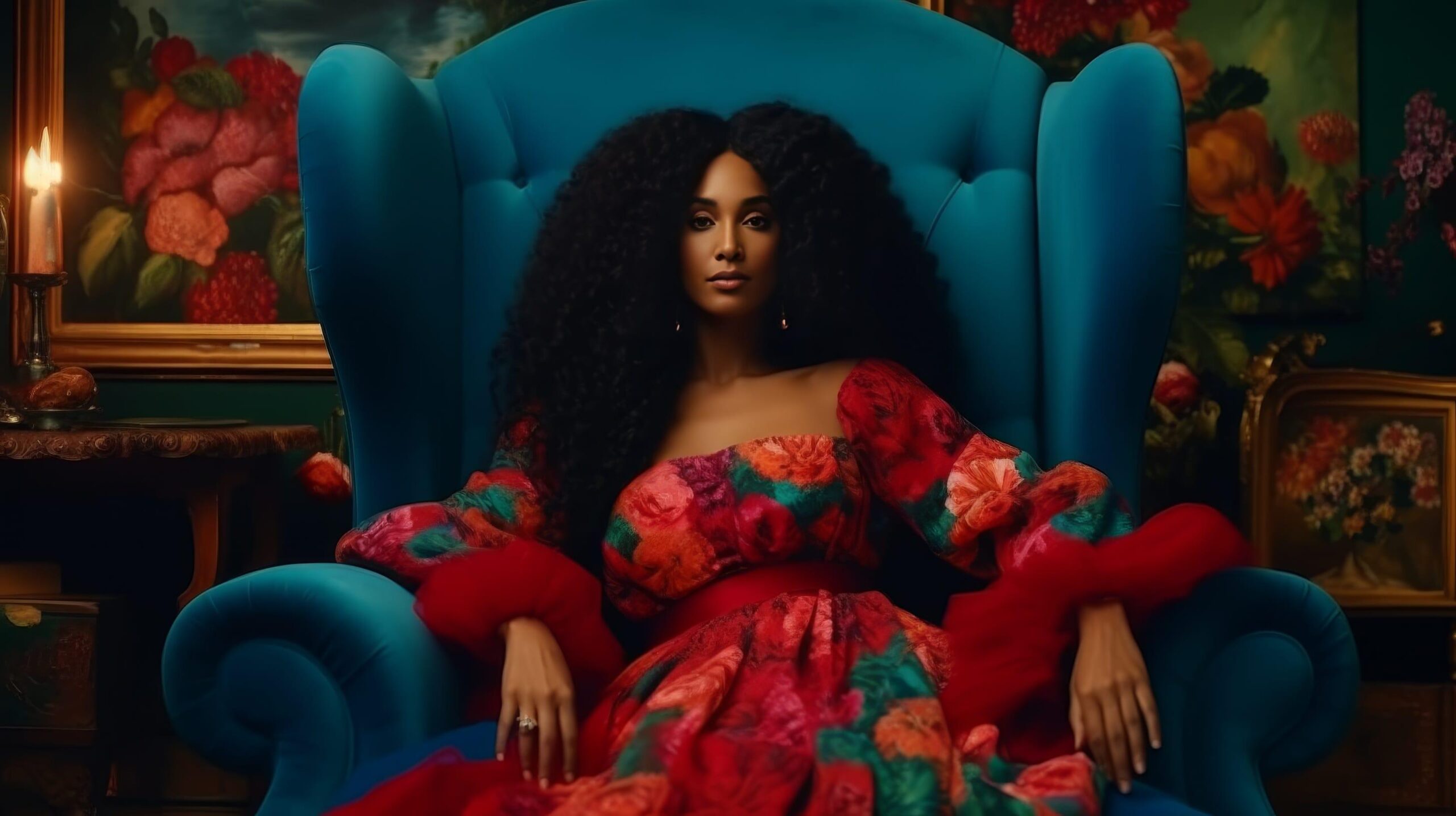With the advent of a new technologically advanced era, times have come when designers are no longer limited to the physical world for inspiration. Today, AI-generated images are not just an addition to human creativity; they become the heart and soul of fashion design. They are the very sources of inspiration that send imagination and mind into flight into completely new and unexplored territories. This seismic shift isn’t just about efficiency—it’s revolutionizing the aesthetics of what we wear and how we perceive style itself.
Virtual Models Strut Beyond Boundaries
Imagine a world where runway models, flawless in every step, never tire. These are not humans we’re talking about, but creations born out of zeros and ones—virtual models. They walk the digital catwalks with uncanny precision, draped in designs that might once have been deemed impossible. Brands like Balenciaga and Gucci have already experimented with virtual fashion shows, where these digital denizens showcase futuristic clothing lines, blending the realms of high fashion and high-tech in mesmerizing displays.
This isn’t just innovation for the sake of novelty. Virtual models offer a sustainable, no-waste alternative by eliminating the need for physical samples and reducing the carbon footprint associated with traditional photoshoots and fashion shows. They are not subject to human limitations, allowing designers to experiment with physics-defying garments and accessories, which are then rendered with breathtaking realism in high-quality clothing visuals.
Designing the Unthinkable
Beyond the runways, AI is redefining how garments are designed. Tools powered by AI algorithms can now generate endless iterations on fabric patterns, cuts, and colors, each more intricate than the last. This is not about replacing the designer but enhancing their capabilities, allowing them to visualize and produce pieces that were once constrained by human imagination and manual dexterity.
For instance, the recent collaboration between an up-and-coming designer and an AI tool resulted in a dress that seamlessly integrated LED lighting within its fabric, changing colors based on the wearer’s mood and the surrounding sounds. Such innovations are not merely functional; they are profound expressions of individuality and emotion, heralding a new era where clothing responds not just to trends but to the very essence of human experience.
Fashion Photos: Capturing the AI Aesthetic
The impact of AI on fashion photography cannot be overstressed. Traditional fashion photos, while artistic, are bound by the logistics of location, lighting, and model availability. AI-generated images, however, are bound only by the limits of imagination. Photographers and designers are increasingly turning to AI to create elaborate, surreal fashion editorials that might take days to set up in reality but can be conjured in moments with the right algorithms.
These fashion photos are more than just pictures; they are gateways into worlds unbound by physical realities, where the fashion can be as wild and untamed as the landscapes it is superimposed upon. This radical departure from conventional photography allows for a spontaneity and experimentation previously deemed too costly or logistically impossible.
The Consumer Connection: Customization at a Click
AI’s influence extends directly to consumers, offering unprecedented customization options. Imagine using an app to feed your preferences and body measurements into an AI, which then designs clothing tailored exactly to your size and style. No more dressing room hassles, no more fit issues. Instead, you get perfectly tailored outfits, visualized through sophisticated AI simulations before they are even cut from cloth.
This level of customization is not just about comfort; it’s about creating a deep, emotional connection between the brand and the wearer. It’s about clothing that isn’t just worn but is a statement of personal identity, molded by the wearer’s own choices and desires.
Wrapping Up: The Ethical Fabric
As we marvel at the possibilities, it’s crucial to weave the ethical considerations into this narrative. The rise of AI in fashion challenges traditional notions of authorship and creativity, and it raises questions about data privacy and the displacement of jobs. How the industry navigates these challenges will be just as telling as the innovations themselves.
In conclusion, as AI-generated images continue to revolutionize the fashion industry, we are not just spectators but active participants in this unfolding saga of creativity. The future of fashion is here, woven by the looms of digital innovation, and it promises a landscape where beauty and technology walk hand in hand, dressed in the finest that imagination can offer.

